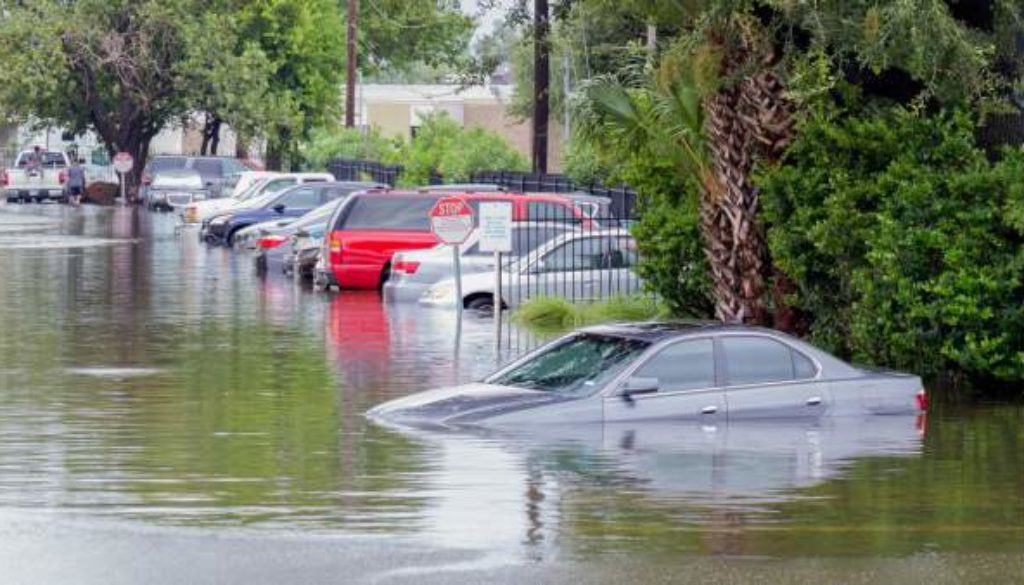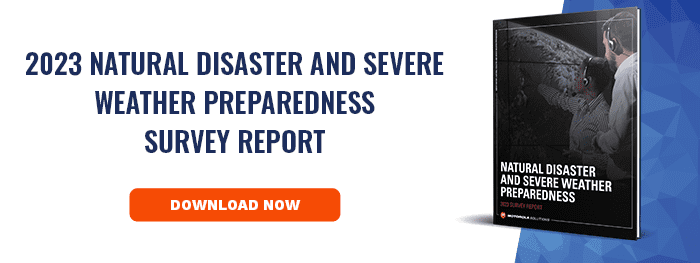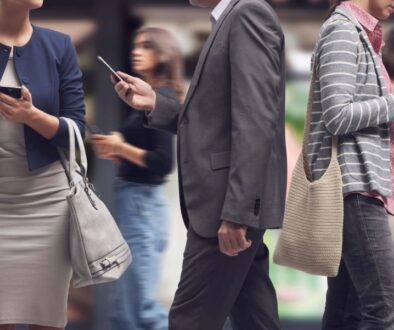Severe Weather: 5 Key Takeaways on Community Preparedness
It’s been quite a summer for severe weather emergencies. Just ask the folks in Vermont who have been grappling with the worst flood the Green Mountain state has seen in nearly 100 years or the citizens of Arkansas and Louisiana who are dealing with flash flood fallout when severe storms threaten the Midwest and Plains.
These catastrophic events are coinciding with record hot temperatures in some parts of the U.S., and remind us that, despite 12 separate billion-dollar weather disasters across the country already this year, mother nature has a mind of her own.
When it comes to natural disasters, personal and community preparedness are important which is why Motorola Solutions surveyed 1,000 adults in May on severe weather emergency planning and protocols. The 2023 Natural Disaster and Severe Weather Preparedness Survey findings are meant to help both individuals and communities proactively prepare and respond when major weather events occur. Here are five takeaways from the report:
- Severe weather and natural disasters create significant, negative impacts on members of a community with 66% of respondents saying that they have missed work and 40% saying that they have been unable to get necessities (food, water, gas, etc.).
- The public has confidence that their emergency responders are somewhat prepared, prepared or extremely prepared to help them or their neighbors in the event of a natural disaster. Community members are equally confident in the capabilities of their public safety and emergency management agencies.
- Despite 86% of respondents saying that they are at least somewhat concerned about the intensity and frequency of natural disasters increasing, only 36% feel very or extremely prepared to face major weather events. The upside is that more people are taking preparedness steps than reported last year. These actions include: assembling a safety kit; signing up for emergency notifications from their local government and/or public safety department; creating an evacuation or family plan; sharing information about themselves or their loved ones via an online safety profile like Smart911 created by Rave Mobile Safety and installing a generator.
- Given that at least 94% of American adults own a smartphone, it comes as no surprise that the public said SMS texts and mobile alerts would be their source of truth during natural disasters. The two other communication methods referenced – local media coverage and updates from city and town authorities – can also be viewed on smartphones.
- Survey respondents said that safety outcomes would be further improved if 9-1-1 and emergency management agencies had a variety of communication tools, better training, vehicles to navigate through conditions, more equipment and greater awareness about community member access and functional needs.
To read the new research in its entirety, download the report today.





